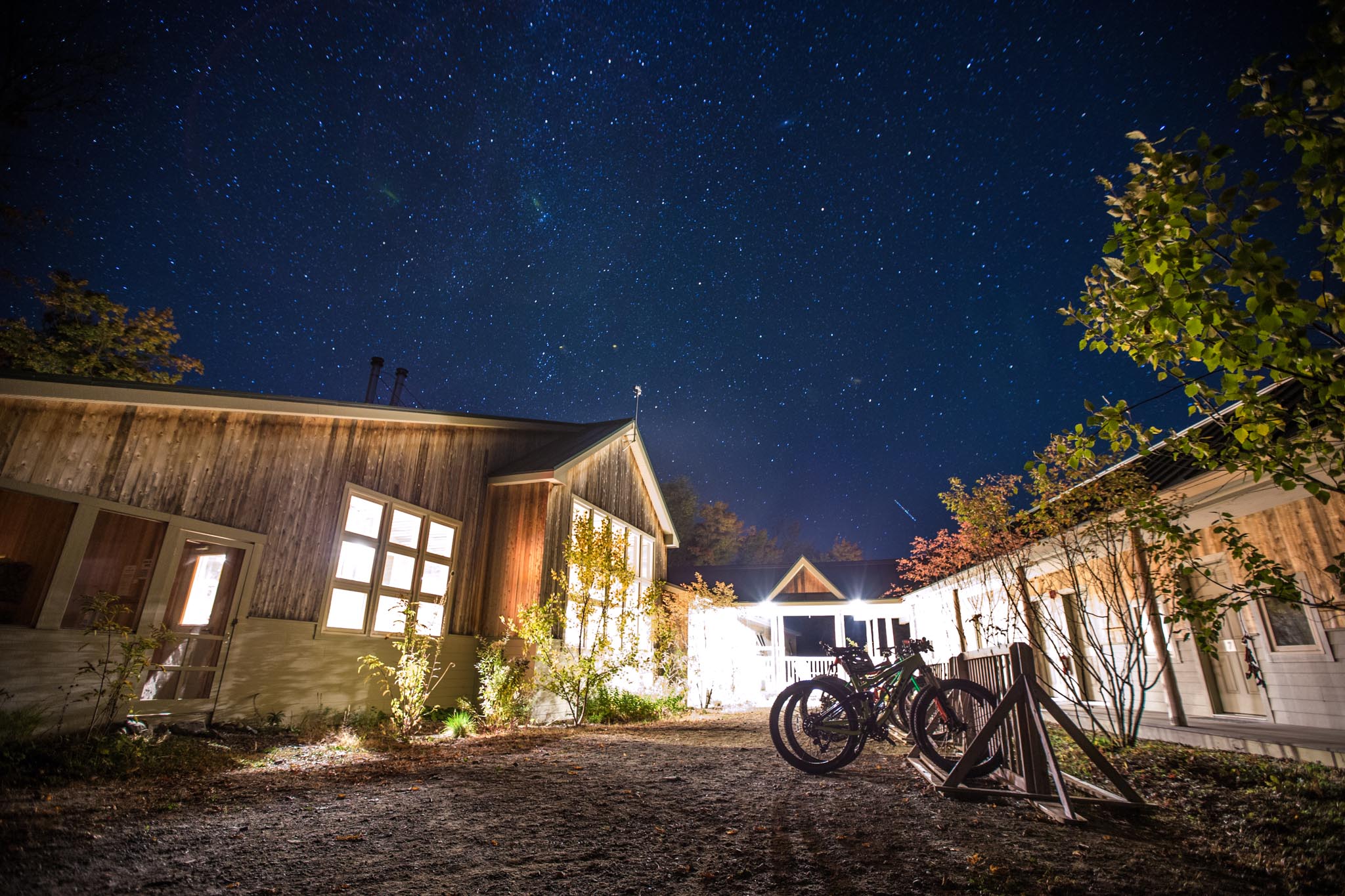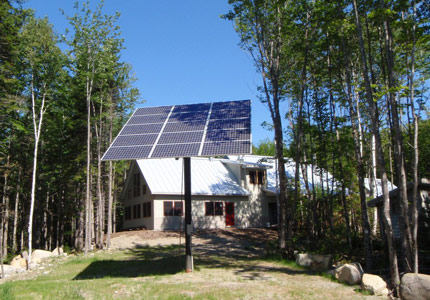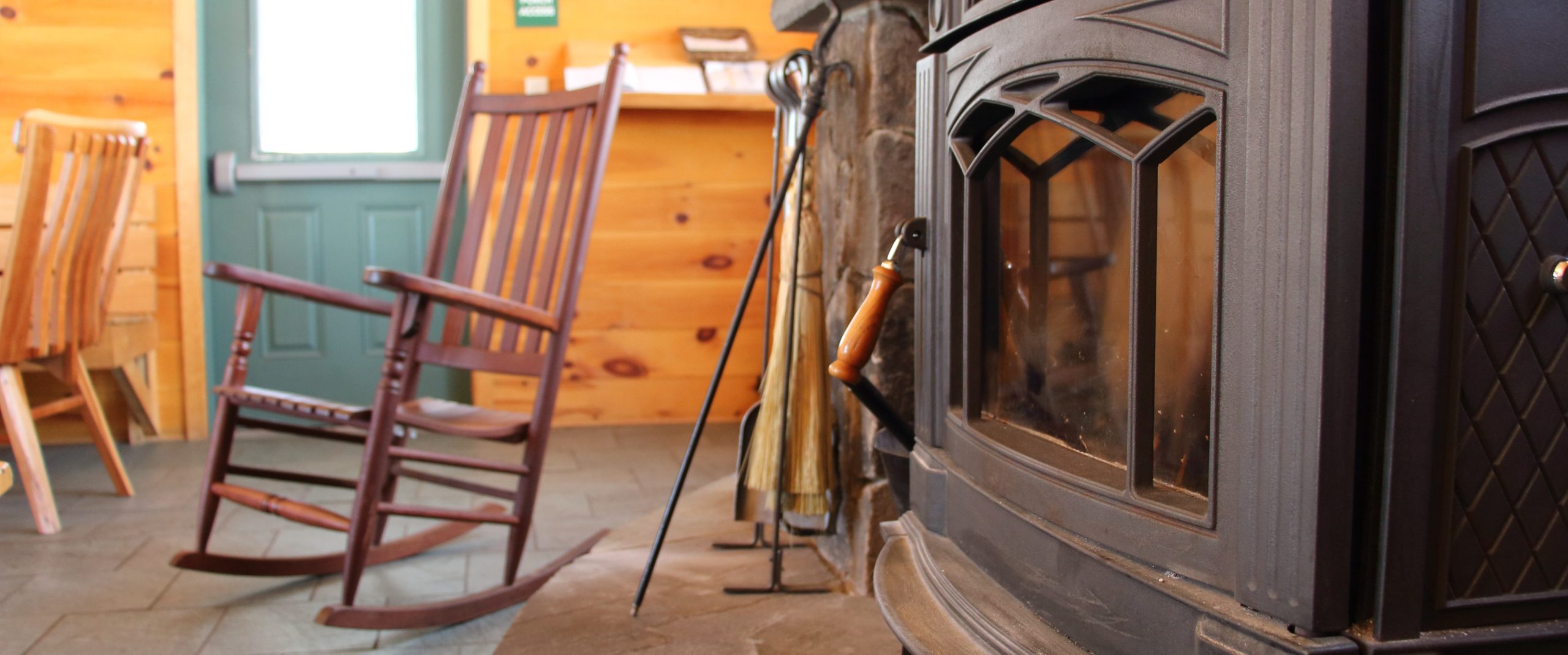Off the Grid
At Maine Huts & Trails, we do everything we can to minimize our environmental impact. From a paperless reservation system, to state-of-the-art solar panels, maintaining a low carbon footprint is our number one priority. Guests are encouraged to power down all electronics and enjoy a screen-free experience. The huts themselves are models of sustainable building, and we’re happy to showcase the latest off-the-grid technology.



Here are some of the ways we keep the huts running sustainably:
Solar Power
Every hut has a solar panel array, either affixed to the roof or pole mounted. At three of the huts, these power a battery storage system that powers the huts. Stratton Brook Hut has solar panels that feed back into the electric grid.
Hydro Power
Poplar Stream Hut harnesses the energy of South Brook; a 40-foot drop from the reservoir to the hydro station generates power for the batteries and the hot water system.
Wood Heat
While not typically considered a new technology, the wood heating systems at the huts are actually pretty advanced. While you’ll certainly find a cozy woodstove at every hut, there’s a lot more going on behind the scenes. Each hut is equipped with a wood gasification boiler that supplies hot water for both domestic use and for the radiant floor heating system. Emissions are very low compared to a standard wood stove, and efficiency is around 85%. The boiler uses about 12 cords of wood per year, sourced from responsibly managed local woodlots.
Composting Toilets
The Clivus Multrum nepon foam-flush toilet system is the best in the business. The technology was inspired by the forest itself, where organic matter is exposed to oxygen and moisture and is eventually broken down by micro-organisms. This simple system allows human waste, with the addition of soft wood shavings for bulk, water for moisture and air for oxygen, to be broken down into a fertilizer while releasing a minimal amount of CO2 into the air. Each hut produces about two wheelbarrows worth of garden-ready fertilizer every four years.
Compost System
The huts each have a three-bay composting system.
Recycling
The huts all manage a complete recycling system, ensuring the smallest possible amount of waste.